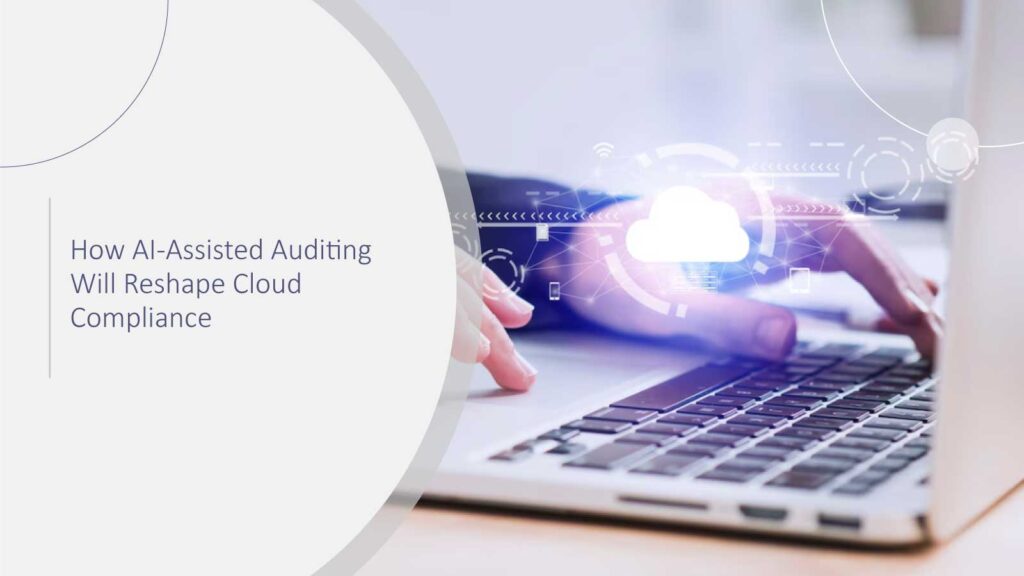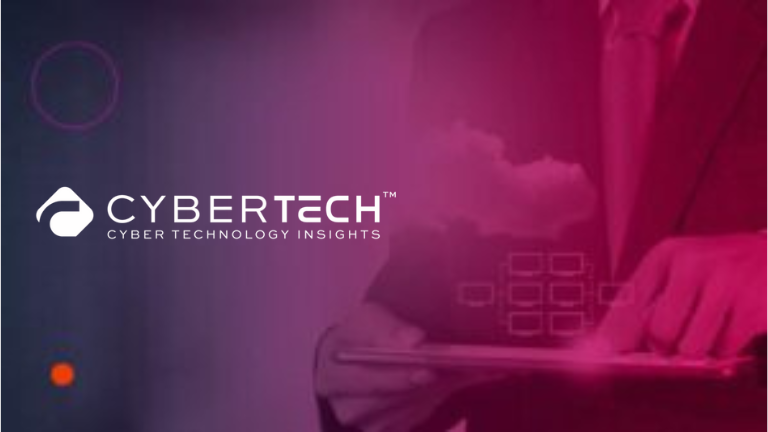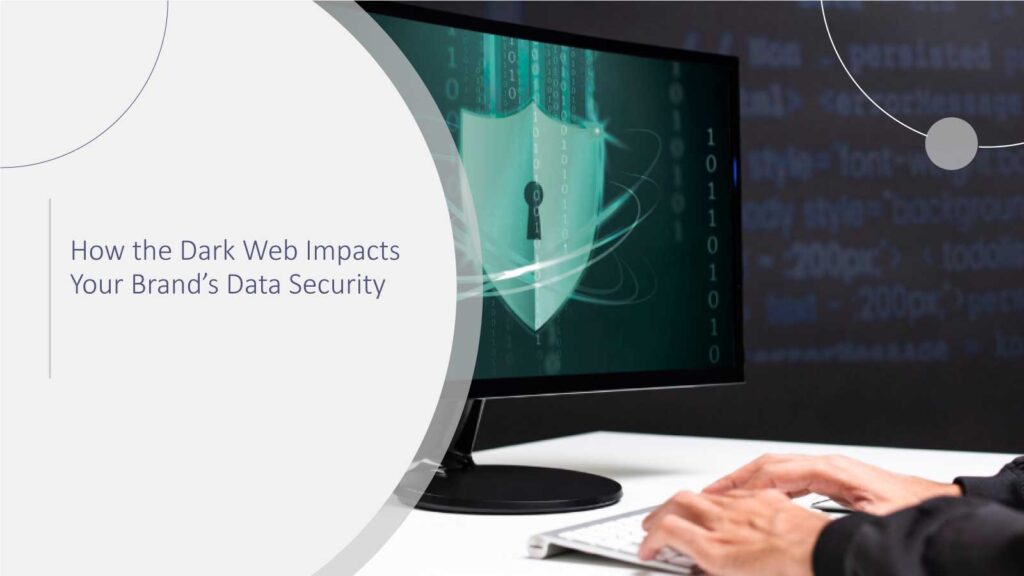As cloud computing solidifies its place as the infrastructure of today’s digital business, the credibility clients have in cloud service providers (CSPs) depends on unshakeable security and uncompromising compliance. However, conventional compliance audits tend to be paper-greedy, time-consuming, and human-dependent, unable to match the dynamic nature of cloud ecosystems. Here comes Valid‑AI‑ted.
Identifying this gap, the Cloud Security Alliance (CSA); a premier provider of best practices for secure cloud computing, has also moved forward with an ambitious proposal. Valid‑AI‑ted, an Artificial Intelligence-driven compliance validation tool that aims to introduce precision, efficiency, and also standardization to self-assessments.
This unveiling is more than a product release; it marks a paradigm shift for how organizations will address cloud compliance in an age characterized by automation and, additionally, ongoing regulatory oversight. Find out more about CSA’s Valid‑AI‑ted here, CSA Valid‑AI‑ted
Why Legacy Compliance Models Are Not Working
Legacy compliance is dependent on periodic or semi-periodic point-in-time audits, manual checklists, and a heavy reliance on document reviews. Although these present a snapshot of compliance, they cannot ensure a CSP’s ongoing compliance between reviews in weeks and months.
The truth is brutal. Certainly, as the IBM Cost of a Data Breach Report 2024 states, 40% of cloud breaches are caused by misconfigurations and unmonitored policy drift issues that static audits frequently fail to detect.
Furthermore, the exponential growth of privacy regulations across the globe, from GDPR to India’s DPDP Act, requires CSPs to prove not only initial compliance but ongoing adherence to several overlapping standards. This fact calls for a fundamentally different strategy.
Valid‑AI‑ted: Automating the Heart of Trust
Eventually, Valid‑AI‑ted is CSA’s solution to this challenge. It uses artificial intelligence to computerize the evaluation of self-declared compliance statements provided by cloud suppliers to the CSA STAR Registry. Which is an open database of trusted cloud providers.
Valid‑AI‑ted applies natural language processing and trained models to verify if a CSP’s responses to submitted questions conform to controls outlined in the Cloud Controls Matrix (CCM). The tool marks inconsistencies, points out missing evidence, and suggests next steps, significantly lowering human reviewer fatigue and error.
In a recent interview, a CSA representative said: “Removing guesswork and adding consistency is our aim. Valid‑AI‑ted supports human auditors through repetitive verification, freeing experts to review complex risk areas.”
This combined strategy will balance automation with accountability, making self-assessment more than just a formality but a living, validated source of truth.
How AI-Assisted Auditing Transforms the Compliance Game
1. Real-Time Validation
With AI-powered checks, CSPs are able to continuously check controls instead of holding off for once-a-year external audits. This reduces blind spots and narrows the exposure window for policy drift and misconfigurations.
Continuous validation can reduce compliance maintenance costs by as much as 40% according to xLM and identify non-compliance three times quicker than reliance on manual reviews alone, says a recent CSA whitepaper.
2. Improved Consistency and Objectivity
Varying auditors might have slightly varying perceptions of the same control. Indeed, AI introduces repeatability and consistency by enforcing the same standards on each inspection. This consistency is critical for multinational CSPs that need to be compliant with multiple different regional regulations at once.
3. Empowering Human Auditors
Rather than making auditors obsolete, AI redirects them away from mechanical validation and towards strategic monitoring. Security teams can then devote more time to examining root causes of compliance deficits, remedying systemic vulnerabilities, and counseling leadership on measures to mitigate risk.
This is where the real synergy occurs: AI manages volume and consistency; humans apply context and moral judgment.
Valid‑AI‑ted and the EU Cloud Code of Conduct
Valid‑AI‑ted timing comes with CSA endorsement of the EU Cloud Code of Conduct (CoC), which establishes definite rules for GDPR compliance in the cloud. Therefore, the code mandates independent monitoring, a step beyond self-declaration alone.
So, by pairing an independently monitored code with an AI-powered self-assessment validator, CSA is advancing the industry towards ongoing, evidence-supported compliance.
SCOPE Europe, the authorized monitoring body, will be dependent on such tools as Valid‑AI‑ted to facilitate oversight, making sure that CSPs not just assert GDPR compliance but demonstrate it using AI-enabled documentation and open controls.
Lessons for Security Leaders
Valid‑AI‑ted’s introduction provides invaluable lessons for security and compliance leaders today:
✓ Don’t Wait for Regulators, Automate Now:
Active automated compliance checks will one day be a minimum requirement, rather than a competitive differentiator. Certainly, Companies that implement AI validators today have an early trust premium.
✓ Align People, Process, and AI:
Valid‑AI‑ted tools work best with the highest ROI when part of a governance regime that aligns capable people, current policies, and adaptive processes.
✓ Audit Your AI:
Just like you would audit your cloud workloads, you have to keep an eye on how AI models arrive at conclusions. Bias, drift, or bad training data can create blind spots. Have policies in place for clear oversight.
✓ Speak Openly:
Clients and regulators appreciate transparency. Be prepared to demonstrate how AI validators operate, what they verify, and the way human experts validate results.
Where the Industry Goes Next
Valid‑AI‑ted is not the end point, it’s the beginning of what industry insiders increasingly refer to as autonomous assurance. The dream is a cloud platform in which compliance controls, audit trails, and real-time monitoring are automated, with humans stepping in only for exception handling and strategic direction.
As AI continues to evolve, subsequent versions could develop beyond static control checks to adaptive risk scoring, predictive compliance health projections, and dynamic policy adjustments. For CSPs and the organizations that depend on them, this equates to a future of reduced human audits, quicker incident identification, and more robust cloud security stances.
Concluding Thoughts
CSA’s Valid‑AI‑ted represents a milestone on the path to wiser, more trustworthy cloud compliance. It illustrates how AI in Cybersecurity can automate repetitive validation chores while augmenting, not supplanting, human know-how.
As global regulatory expectations tighten, there is one truth that rings clear: security leaders who use AI responsibly, integrate it into a strong governance model, and ensure transparent human oversight will be most successful in establishing trust and resilience in the next generation of cloud computing.
FAQs
1. What is CSA’s Valid‑AI‑ted?
Valid‑AI‑ted is an AI-driven tool from the Cloud Security Alliance that streamlines validation of self-certified compliance assertions filed with the STAR Registry, guaranteeing accuracy and consistency.
2. In what ways does AI enhance conventional cloud compliance audits?
AI minimizes manual mistakes, accelerates validation, and delivers real-time analytics, enabling organizations to detect non-compliance quicker and achieve ongoing security assurance.
3. Will AI be able to completely replace human auditors?
No. Human expertise is supplemented by AI in performing routine checks, but professional auditors continue to be needed for nuanced judgments, contextual interpretation, and ethical monitoring.
4. How does the EU Cloud Code of Conduct associate to Valid‑AI‑ted?
The EU Cloud CoC establishes definitive GDPR guidelines for CSPs, and Valid‑AI‑ted offers AI-based evidence to enable ongoing compliance, complementing independent audits by organizations such as SCOPE Europe.
5. What is the Cloud Security Alliance (CSA)?
CSA is an international nonprofit that encourages secure best practices for cloud computing. It formulates frameworks, tools such as the STAR Registry and Valid‑AI‑ted, and researches to inform the industry.




